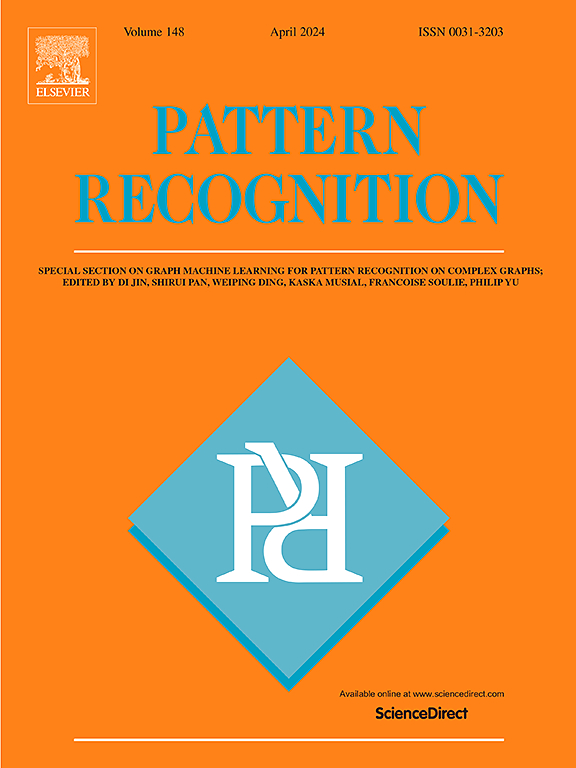Multi-hop graph structural modeling for cancer-related circRNA-miRNA interaction prediction
IF 7.5
1区 计算机科学
Q1 COMPUTER SCIENCE, ARTIFICIAL INTELLIGENCE
引用次数: 0
Abstract
A substantial body of research indicates that circRNA can act as a sponge to absorb miRNA, thereby regulating the development of cancers. Existing circRNA-miRNA interactions (CMIs) prediction models mainly focus on single features and local structures of molecules, making it difficult to fully describe the overall properties of molecules and overlooking the multi-hierarchical associations between them. To address these challenges, we propose a computational model named GraCMI based on multi-hop graph structural modeling, which predicts CMIs by integrating structural and attribute information of molecules. GraCMI learns the representation of molecules in multi-level neighborhoods through constructing heterogeneous networks and performing high- and low-order matrix factorization. GraCMI captures both the intrinsic properties and global structures of molecules, extracting and fusing multi-source features, improving prediction accuracy. In the case studies, 7 out of the top 10 CMI pairs predicted using GraCMI on a real cancer-related dataset were confirmed. Additionally, GraCMI demonstrates a competitive advantage on two other classic datasets. Overall, the experimental results show that GraCMI can effectively predict CMIs, which is expected to provide new insights into future miRNA-mediated circRNA regulation of cancer development.
癌症相关circRNA-miRNA相互作用预测的多跳图结构建模
大量研究表明,circRNA可以像海绵一样吸收miRNA,从而调节癌症的发展。现有的circRNA-miRNA相互作用(CMIs)预测模型主要关注分子的单一特征和局部结构,难以全面描述分子的整体特性,忽略了分子之间的多层次关联。为了解决这些问题,我们提出了一种基于多跳图结构建模的计算模型GraCMI,该模型通过整合分子的结构和属性信息来预测CMIs。GraCMI通过构建异构网络和执行高阶和低阶矩阵分解来学习分子在多层次邻域中的表示。GraCMI捕获分子的内在属性和全局结构,提取和融合多源特征,提高预测精度。在案例研究中,使用GraCMI在真实癌症相关数据集上预测的前10个CMI对中有7个得到了证实。此外,GraCMI在另外两个经典数据集上展示了竞争优势。总体而言,实验结果表明,GraCMI可以有效预测CMIs,这有望为未来mirna介导的circRNA调控癌症发展提供新的见解。
本文章由计算机程序翻译,如有差异,请以英文原文为准。
求助全文
约1分钟内获得全文
求助全文
来源期刊

Pattern Recognition
工程技术-工程:电子与电气
CiteScore
14.40
自引率
16.20%
发文量
683
审稿时长
5.6 months
期刊介绍:
The field of Pattern Recognition is both mature and rapidly evolving, playing a crucial role in various related fields such as computer vision, image processing, text analysis, and neural networks. It closely intersects with machine learning and is being applied in emerging areas like biometrics, bioinformatics, multimedia data analysis, and data science. The journal Pattern Recognition, established half a century ago during the early days of computer science, has since grown significantly in scope and influence.
 求助内容:
求助内容: 应助结果提醒方式:
应助结果提醒方式:


